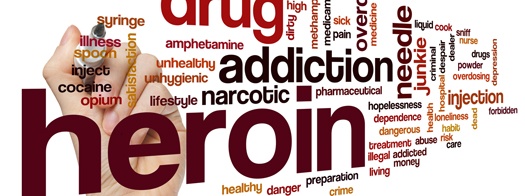THE EPIDEMIC
The silent scourge of opioid addiction began to secretly infest America’s small suburban towns almost a decade ago. The wanton prescribing of opioid pain medication, like OxyContin, by American doctors claimed more innocent victims to heroin addiction than the entire army of illegal drug dealers. Suburban housewives, school teachers, firemen, and ministers replaced inner-city teenagers as victims. The legitimate medical profession, critical of its own previous performance in pain management, prescribed vast amounts of opioid derivatives and ended up addicting entire towns to heroin. No one seemed to notice or wanted to admit it. Gradually, however, as the poison that legitimate doctors injected into the veins of unsuspecting fathers, mothers, sons and daughters began to have its pernicious effect, heroin addiction was recognized by local and federal health officials as an epidemic that had silently infected our entire society.
“We have 20.8 million people in the United States with a substance abuse disorder, which is similar to the number of people with diabetes and one-and-a-half times the number of people who have all cancers combined,“ Surgeon General Vivek Murphy announced recently. “The United States is battling a ‘crisis of addiction’ on a significant scale.”
THE ANTIDOTE
On July 22, 2016, President Obama signed the Comprehensive Addiction and Recovery Act into law. This bill was the official recognition that a heroin epidemic had indeed swept across the country.
The bill is intended to address the full continuum of care from primary prevention to recovery support, including expanding access to addiction treatment services and overdose reversal medications.
- By recognizing that this epidemic will best be battled on the local level, the bill authorizes the Secretary of the Department of Health and Human Services to award grants of up to $200,000 per year to federally qualified health centers for opioid treatment programs.
- It authorizes grants to NGO nonprofit organizations working in areas with high rates of heroin or other opioid use.
- It expands prescribing privileges to nurse practioners and physician assistants regarding office-based opioid addiction treatment with buprenorphine.
- It authorizes special grants for residential opioid addiction treatment of pregnant and postpartum women.
- It establishes naloxone co-prescription programs in states that apply.
- It authorizes grants to states for:
- Education efforts related to opioid use, treatment and recovery.
- Establishing a prescription drug monitoring program to prevent continued overuse of opioid pain management.
- Expanding the availability of prescription opioid addiction treatment.
- Establishing a program for preventing opioid overdose deaths.
THE DELAY
The Comprehensive Addiction and Recovery Act authorizes $181 million per year in funding to combat the opioid epidemic. As of this writing, however, it has only been funded with $7 million.
Because of the unseemly nature of heroin addiction, it took the medical profession, and the general-public, ten years to admit that we even had a problem. I fear the same reluctance is preventing Congress from fully funding this bill. The fact that the federal government was required to do nothing more than provide the necessary funds for this fight against heroin addiction was intended to obviate the bureaucratic slow grind that prevents any immediate action in Washington. All Congress needs to do is allocate the funds it has already approved.
It is embarrassing to admit that many of our best citizens have become heroin addicts. Let’s get over that and fund this bill immediately before more fine people…DIE!


